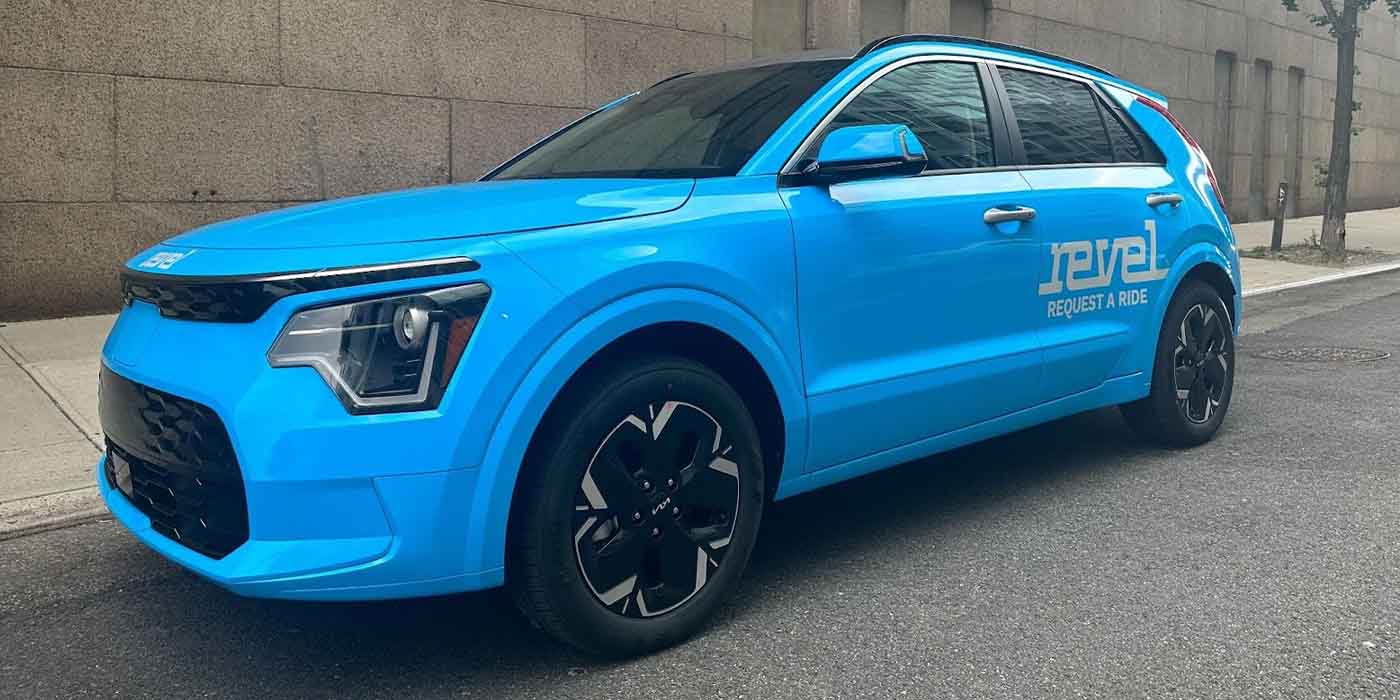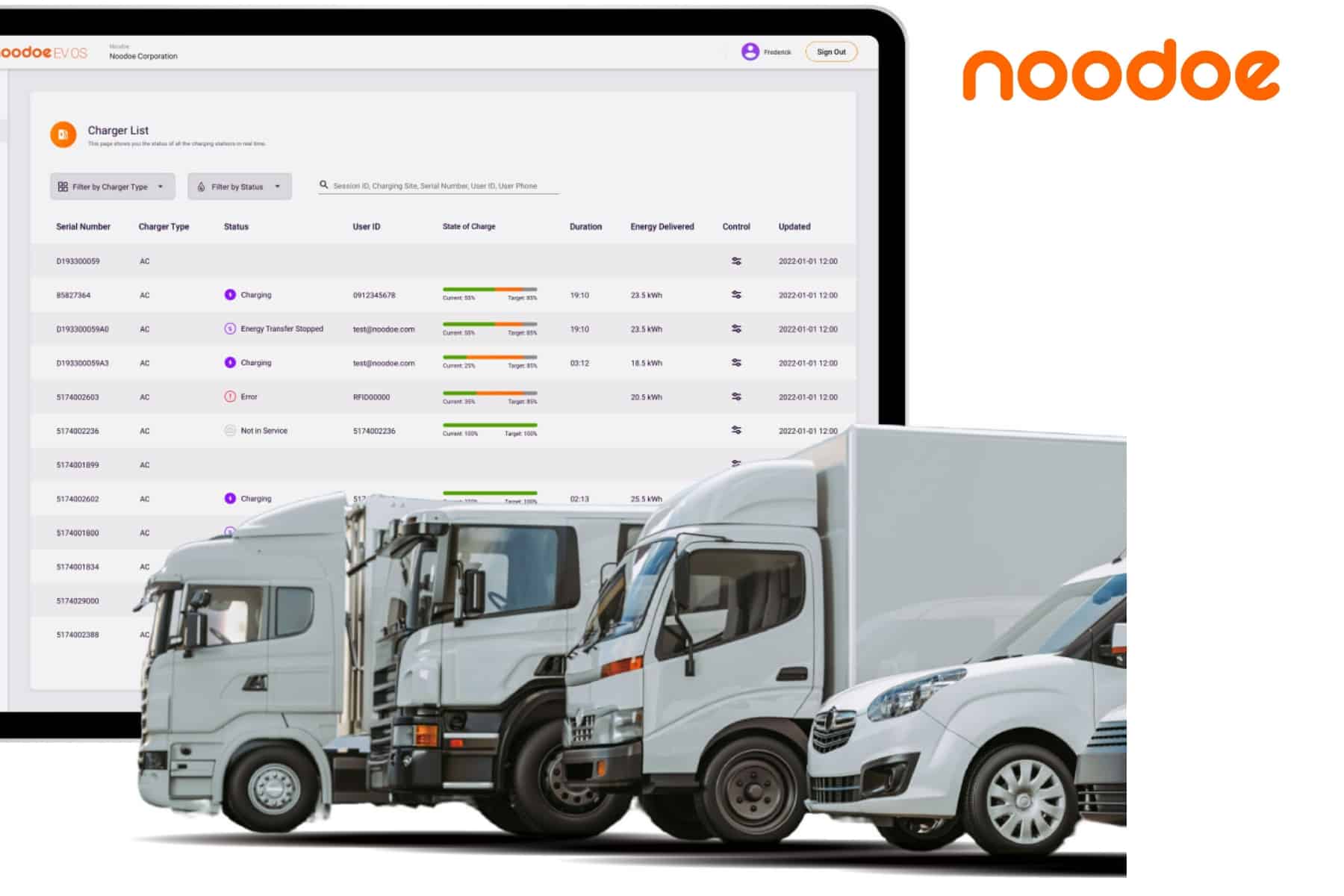According to a study conducted by the ICF Climate Center, electrifying the entire US federal fleet has the potential to generate substantial cost savings and significantly curb greenhouse gas emissions. With over 650,000 vehicles under its purview across civilian and military agencies worldwide, the federal fleet covers an impressive 4 billion miles annually, amounting to an operating cost of approximately $4.5 billion per year. These expenses include the hefty sum of over 367 million gallons of gasoline.
Surprisingly, out of the extensive federal fleet, only a minuscule fraction, approximately 4,300 vehicles, are currently battery electric or plug-in hybrid electric, accounting for less than 1% of the total fleet. However, President Joe Biden’s December 2021 executive order set an ambitious target of acquiring 100% zero-emission vehicles, encompassing the federal fleet, by 2035. This raises the question of the potential impact of electrifying the remaining 99% of vehicles in the federal fleet.
While it is true that electric vehicles (EVs) typically carry a higher initial price tag compared to their internal combustion engine (ICE) counterparts, the ICF report emphasizes that over their lifespan, EVs prove to be more cost-effective than gas-powered cars. To demonstrate this, the study examined the costs and savings associated with EVs and gas vehicles by modeling a complete replacement of the US federal fleet in 2024. The EV fleet’s purchase cost was estimated at $33.5 billion, slightly exceeding the gas vehicle fleet’s $30 billion price tag. However, the EV fleet’s maintenance costs would only amount to $5.5 billion, significantly less than the $9.7 billion projected for the gas fleet’s maintenance.
One area of substantial discrepancy lies in fuel expenses. Charging the EV fleet would cost approximately $2.5 billion, while fueling the gas fleet would require a staggering $8.8 billion. Furthermore, the EV fleet would incur additional expenses of $1 billion for EV charger installations and $0.1 billion for EV chargers themselves.
Ultimately, the yearly operational costs for an all-electric federal fleet would be considerably lower than that of an ICE fleet. The ICF report indicates that over a 15-year period, EVs could save fleet managers close to $6 billion, even after factoring in the higher upfront purchase cost. Remarkably, the break-even point is projected to occur as early as 2028, a mere four years after the transition.
In addition to substantial cost savings, a fully electrified US federal fleet would make a significant contribution to the fight against climate change. By avoiding nearly 1.7 million metric tons of greenhouse gas emissions annually, such a transition would prevent an additional $1.2 billion in social costs associated with carbon, encompassing adverse impacts on agriculture, heightened flood risks, increased heating and cooling expenses, and detrimental health effects.
With the potential to save vast sums of money and make substantial strides in combating climate change, the case for a fully electrified US federal fleet appears indisputable.







